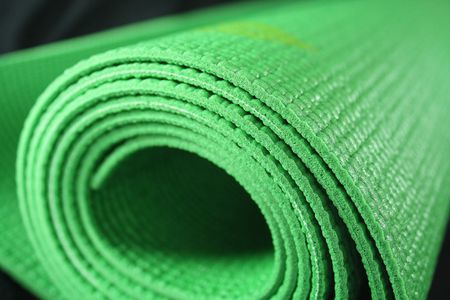What are the different types of gym flooring?
When deciding to start a gym whether it be for commercial or home use, one of the most important features along with the equipment is the flooring. The flooring has to stand up to heavy equipment, constant movement and spillages. Below is a guide to the most commonly used types of materials for gym flooring.
Floorings
Rubber
The most popular type of flooring for the home gym is rubber flooring. This can be purchased as a roll of rubber like a carpet or as smaller interlocking rubber tiles that fit together like jigsaw pieces. Rubber is great as a flooring as it displaces shock when weight is dropped on it and gives a good amount of grip even when wet.
Laminate
Although mainly found in the home or in shops, hard-wearing commercial laminate offers a good strong 'wipe easy' surface that works within a gym. If free weights are used, rubber mats tend to be laid down to protect the flooring from damage. Soft mats are used around the area where sit-ups are performed for additional comfort.
Cork
Cork is an old material that is still be widely used in gyms and fitness centres but it is still widely used, sometimes even in swimming bath areas. Cork is a natural substance that can be bought fairly cheaply. Its honeycomb-like structure allows it to absorb vibrations and noise, and acts as a shock absorber in the same way as rubber. It also offers a good grip when wet, but stains easily.
Mats and covers
A lot of fitness studios host a number of different exercise classes in the building, so having a versatile flooring is a must. This is the reason why many fitness studios are opting for flooring mats or gym floor coverings that can be brought out and put away accordingly.These mats tend to be foam mats and are available in different materials.
Cross-linked Polyethylene
The world standard Gymnastic mats are made from this substance. It is a firm closed cell foam that offers great rebound capabilities. It is also durable and light weight. It is marketed for gymnasts, martial artists and wrestlers.
Polyurethane Polyfoam
This is an open cell spongy foam with poor rebound capabilities which tends to break down faster than polyethylene. It is most commonly used for Pilates and yoga or any form of floor exercises that involve the use of the participants' own body weight as resistance.



